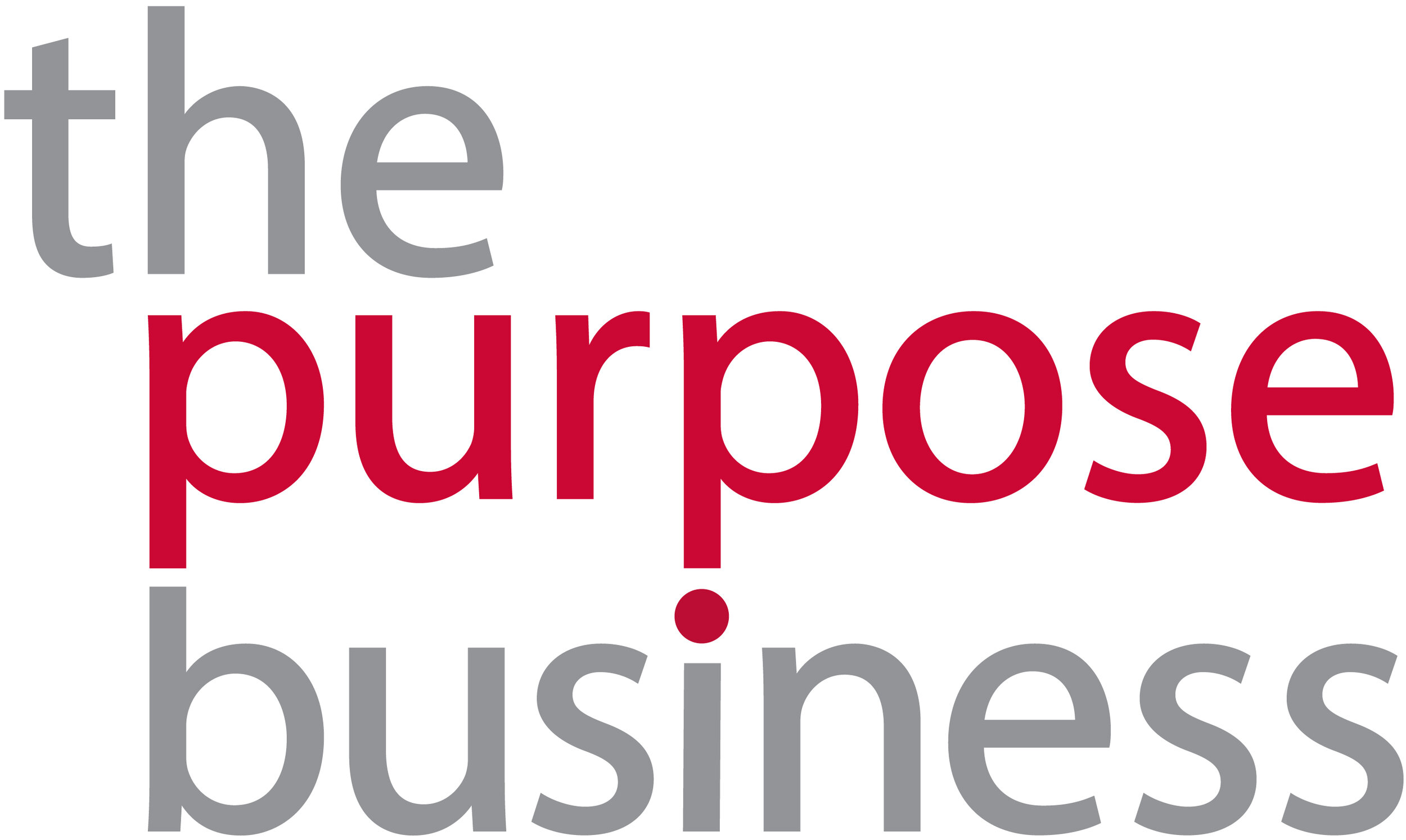Great sustainability “hardware” is nothing without the right “software”: PEOPLE
There is both incredible diversity and complexity of business and societal issues across Asia. While there are challenges of clean air and overpopulated cities, escalating amounts of food waste and hunger, Asia is also home to some of the world’s most exciting growth trends and innovations across value chains.
An organisation’s internal “sustainability” function – whether Corporate Responsibility, Environment Health and Safety, Public Affairs, or Community Relations – has the potential to help navigate some of these mega-trends we see today. It also allows them to become more competitive and resilient in the process, realise its purpose and aligning a sustainable vision with business strategy.
However many regional leaders and sustainability professionals face significant challenges in seizing the opportunities that sustainable development can truly mean for their business – both in tangible financial returns and also meaningful value for the communities and environment that their organisation touches. Whether the challenge takes the shape of a lacking CEO mandate, a focus on compliance, or a silo approach, it can slow and belittle the real opportunity sustainability brings to the table.
A great sustainability platform, or “hardware” (vision, strategy, and goals; roles, operations, and capabilities; rewards and incentives), is nothing without the right “software” to unlock its potential.
So how to unlock this progress? The key is to influence through effective engagement and communications. Sustainability professionals across Asia need to evolve from doers to influencers. Influencing key stakeholders is fundamental to becoming an effective change agent.
Based on our experience helping senior executives drive change within their organisation (sustainability or non-sustainability related), we believe there are three golden rules of influencing:
1. First, you must know yourself – the image you project and how you want to be perceived – in order to influence others
The key here is the combination of how you see yourself and how others experience you that defines your personal brand. It is crucial to be aware of this, and also to be aware of your strengths and communication style, to set a conscious foundation for influence.
For example, one sustainability manager in a global organisation perceived herself to be a results-driven, visionary go-getter, but felt frustrated that her leaders and colleagues didn’t seem to understand her strategic future outlook. Her “aha moment” came when she realised that her “brand” and influence is granted by others based on the behaviours they experience. In her case, her colleagues hadn’t taken the chance to experience her best attributes and ideas first-hand. Her only meaningful cross-function interaction had been based around the usual data she needed for the annual report. This helped her focus on building relationships and more moments to share herself and her ideas.
2. Second, you must understand your audience and flex your empathy muscle
A simple way to start is to estimate your audience’s level of awareness and understanding of your aim, and also their level of support (current and potential). Yet the harder and more important part is to practice empathy. By definition, empathy is the “intellectual identification with the feelings, thoughts, attitudes of another”. Understanding people at this deeper level helps us to influence them. A warning: this is easier said than done in most cases, but is vital.
One local sustainability leader had a breakthrough with practicing empathy to understand his audiences. He would first make an active decision to see something from another person’s point of view, and become conscious of the filter he was seeing it through. He then wiped that filter clean to connect with the other person’s underlying state of mind or emotion. Acknowledging this in his audience helped him build understanding and trust, and gave insight on how best to engage them.
3. Third, you must also be able to communicate effectively – by using targeted, clear, compelling messages that get your ideas across
Again, only demonstrating empathy and an audience-centric message will win. A few tips to help do this:
Consciously choose your language. Drop the sustainability jargon. Use theirs.
Show how your interests are the same. Help your audience see how closely aligned your goals are – and how your role helps them.
Be ready to co-create. No one works alone. Your job is to continue sharing the influence forward, and make a positive impact.
Whether your focus is top and senior management, middle managers, general staff, or all of the above, we have found that these core elements are the recipe to influence and becoming a true change agent.
Only by spreading influence will we extract sustainability or “purpose” from the narrow domain of traditionally defined CSR or sustainability and permanently anchor it – where it belongs – in the world of business and brand strategy. In this way, we will partner with our colleagues to build more comprehensive, “purpose at the center” strategies and encourage more companies to think big, and ultimately win big on both social and business returns.










